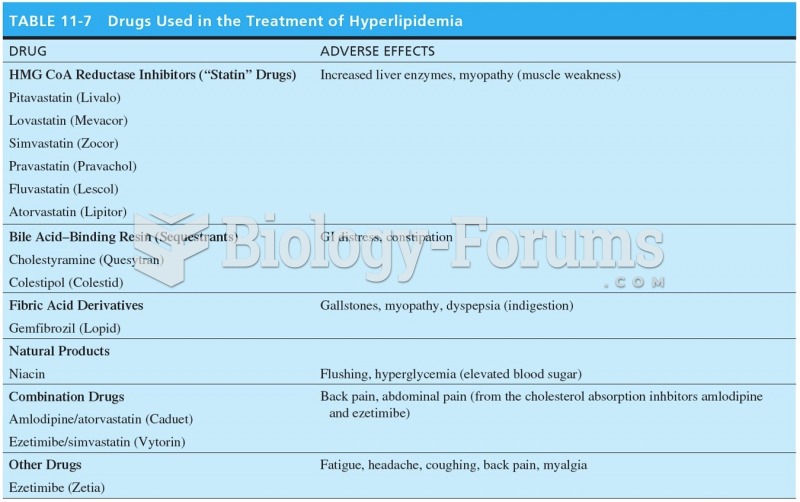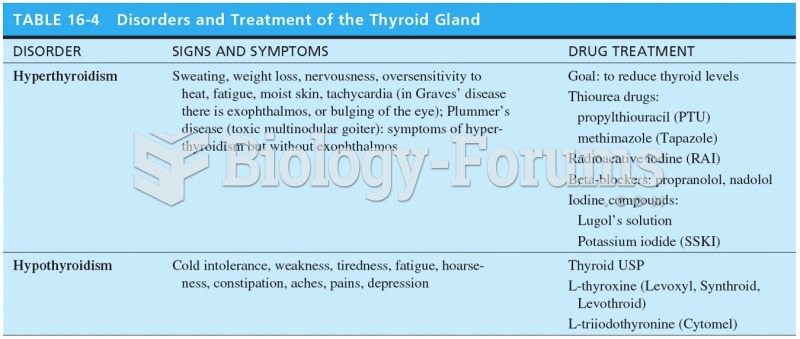|
|
|
Did you know?
More than 30% of American adults, and about 12% of children utilize health care approaches that were developed outside of conventional medicine.
Did you know?
Vaccines prevent between 2.5 and 4 million deaths every year.
Did you know?
On average, the stomach produces 2 L of hydrochloric acid per day.
Did you know?
The human body produces and destroys 15 million blood cells every second.
Did you know?
The tallest man ever known was Robert Wadlow, an American, who reached the height of 8 feet 11 inches. He died at age 26 years from an infection caused by the immense weight of his body (491 pounds) and the stress on his leg bones and muscles.







